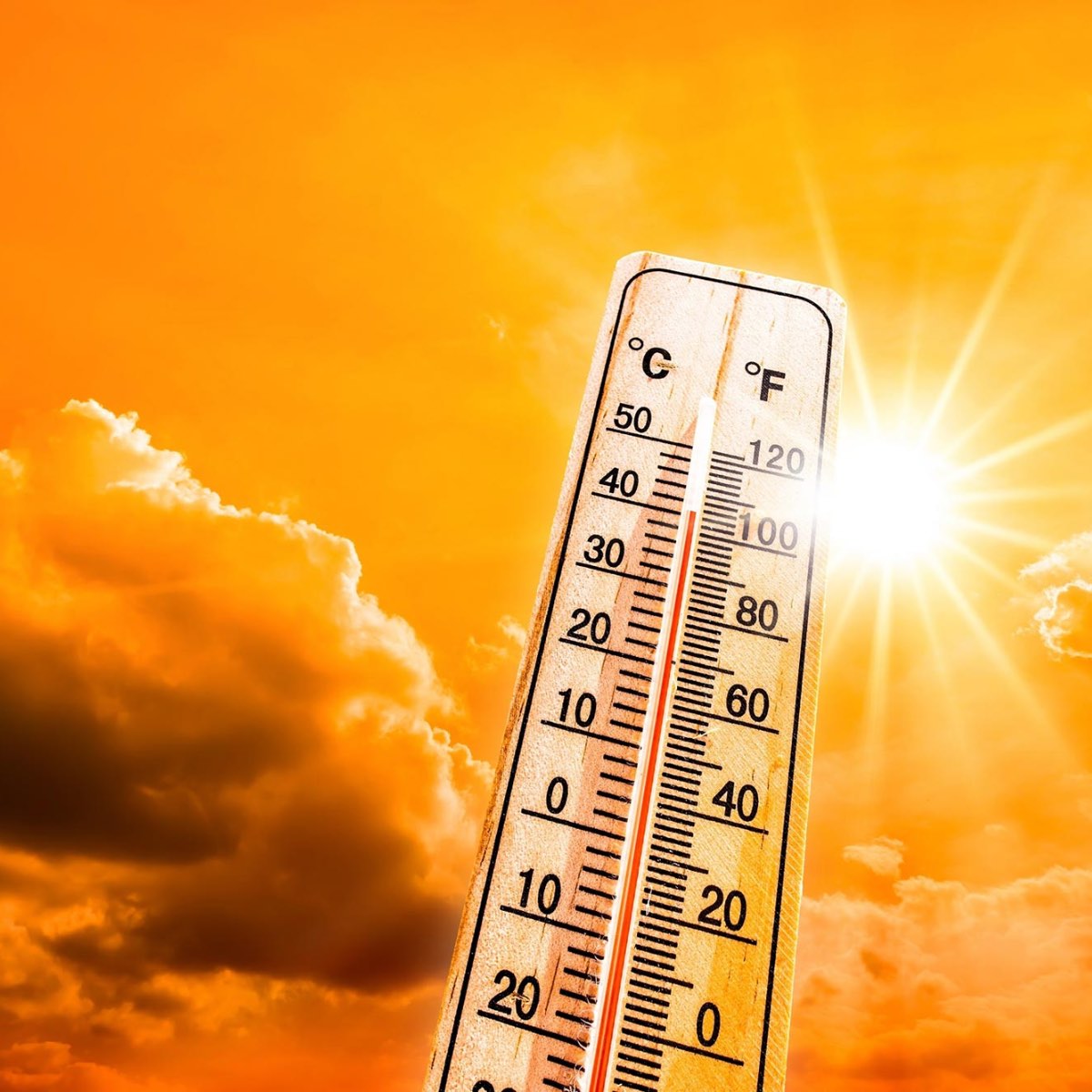Here we look at 9 strategies for staying safe and cool which help when surviving heatwaves.
Heatwaves and extreme heat conditions pose significant dangers to human health and safety, making it crucial to take proactive measures to stay cool and protected. This comprehensive guide outlines nine essential strategies for navigating heatwaves, empowering you to prevent heat-related illnesses and injuries while maintaining your well-being. From staying hydrated and seeking air conditioning to limiting outdoor activities and dressing appropriately, these tips will equip you with the knowledge and resources needed to weather the hottest days with confidence and preparedness. Remember, prioritizing your safety and taking proactive steps to stay cool during heatwaves is vital for avoiding potentially life-threatening situations.
Surviving Heatwaves: 9 Strategies for Staying Safe and Cool

1. Stay Hydrated
Keeping your body properly hydrated is one of the most important ways to combat the effects of extreme heat. Drink plenty of water throughout the day, even before you feel thirsty, to replenish fluids lost through sweating. Monitor your hydration levels and be aware of signs of dehydration, such as dark-colored urine, dizziness, or headaches. Carry a reusable water bottle with you and consider adding electrolyte-replenishing beverages or snacks to your diet during hot weather.
Check out these water bottles by clicking here.
2. Seek Air Conditioning
Air conditioning provides a cool, comfortable environment that can help prevent heat-related illnesses and offer relief from oppressive heat. If your home lacks air conditioning, seek out public cooling centers, libraries, malls, or other air-conditioned spaces to cool down during the hottest hours of the day. If staying at home, use fans or window air conditioning units to create a cool environment, and consider closing blinds or curtains to block out direct sunlight.
Check out these air conditioning units by clicking here.
3. Dress Appropriately
Wearing the right clothing can make a significant difference in how your body copes with extreme heat. Opt for lightweight, loose-fitting, and breathable fabrics like cotton or linen, which allow air to circulate and moisture to evaporate. Light-colored clothing reflects sunlight and heat better than dark colors. Protect your skin from harmful UV rays by wearing wide-brimmed hats, sunglasses, and applying sunscreen regularly when spending time outdoors.
4. Limit Outdoor Activities
During periods of extreme heat, it’s best to limit your time outdoors, especially during peak sun hours between 10 a.m. and 4 p.m. If you must be outside, schedule activities for the cooler times of the day, such as early morning or evening hours. When outside, take frequent breaks in shaded or air-conditioned areas, and drink plenty of fluids to stay hydrated.
5. Keep Your Home Cool
Maintaining a comfortable indoor temperature is crucial for staying cool and avoiding heat-related illnesses. Use window coverings or shades to block out direct sunlight, which can significantly increase indoor temperatures. Utilize fans or open windows to promote air circulation and ventilation throughout your home. If you have air conditioning, set the thermostat to a comfortable temperature and ensure the system is well-maintained and functioning properly.
Check out these fans by clicking here.
6. Avoid Strenuous Activities
Strenuous exercise or physical exertion during extreme heat can put a significant strain on your body and increase the risk of heat-related illnesses. Avoid outdoor activities that require a lot of physical effort during the hottest parts of the day. If you must exercise, consider modifying your routine or choosing indoor activities instead. Alternatively, plan your workouts for the early morning or late evening hours when temperatures are cooler.
7. Stay Informed
Monitor weather forecasts and heat advisories regularly to stay informed about upcoming heatwaves and extreme heat conditions in your area. Be aware of the signs and symptoms of heat-related illnesses, such as heat exhaustion and heatstroke, and know when to seek medical attention. Stay connected with local news sources and official channels for updates and guidance on staying safe during heatwaves.
8. Check on Vulnerable Individuals
Elderly individuals, young children, those with chronic medical conditions, and those without access to air conditioning are particularly vulnerable during extreme heat events. Check on friends, family members, and neighbors who may be at higher risk, and offer assistance or support as needed. Ensure they have access to cool environments, hydration, and any necessary medical care.
9. Take Care of Pets
Pets are also susceptible to the dangers of extreme heat and rely on their owners for protection. Provide ample fresh water and access to shaded or cool areas, both indoors and outdoors. Consider keeping pets inside during the hottest hours of the day, and never leave them unattended in a parked vehicle. Watch for signs of heatstroke, such as excessive panting, lethargy, or vomiting, and take prompt action to cool them down and seek veterinary care if necessary.
Surviving Heatwaves: 9 Strategies for Staying Safe and Cool Conclusion
Navigating heatwaves and extreme heat conditions requires proactive measures and a commitment to personal safety. By staying hydrated, seeking air conditioning, dressing appropriately, limiting outdoor activities, keeping your home cool, avoiding strenuous exercise, staying informed, checking on vulnerable individuals, and taking care of pets, you can significantly reduce the risks associated with extreme heat. Remember, heatwaves can be dangerous and even life-threatening, so prioritize your well-being and take the necessary steps to stay cool, comfortable, and protected during these challenging weather conditions.
Check out more disaster preparedness stuff here.
